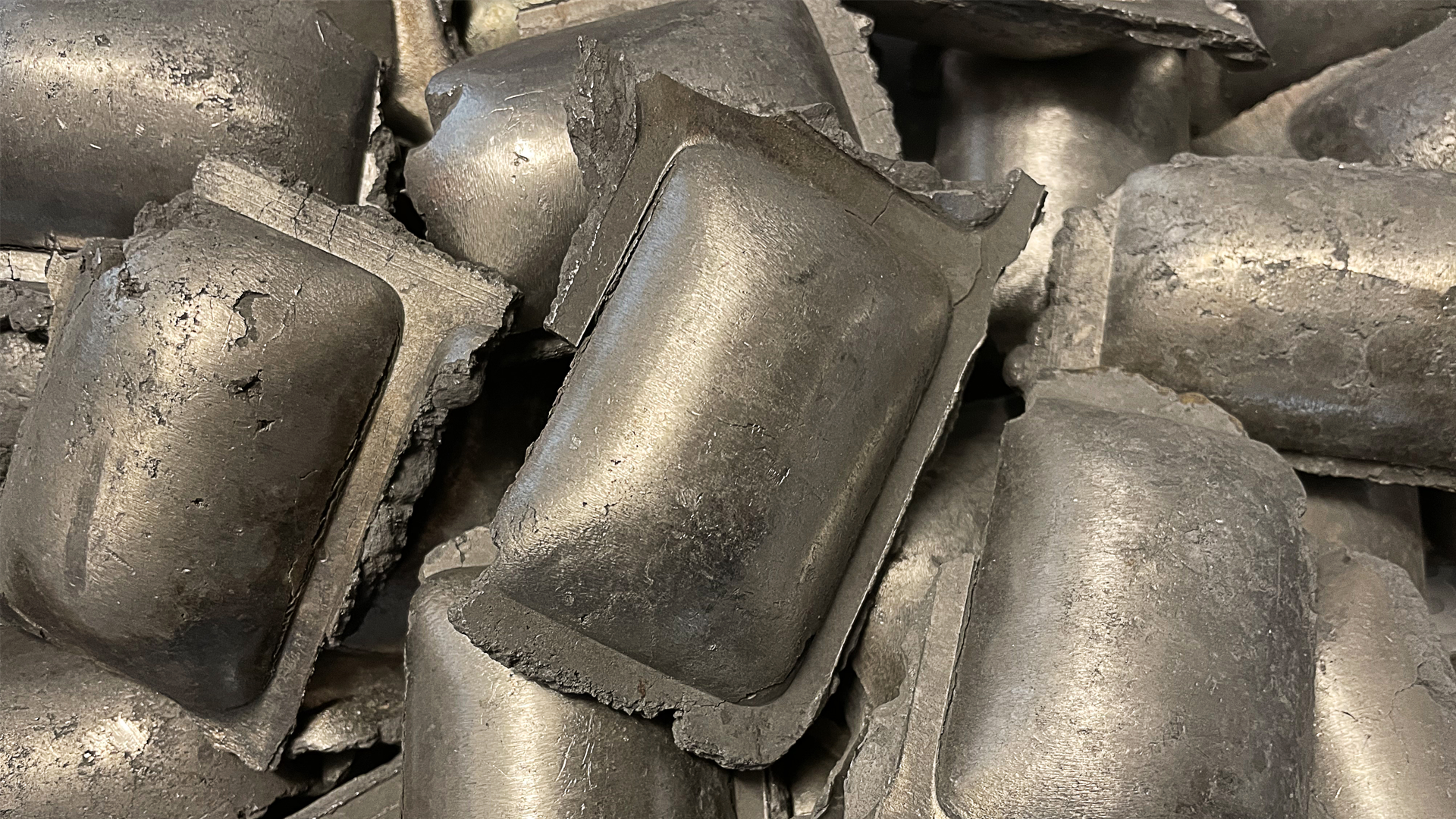Vehicle Diagnostics Yesterday, Today and Tomorrow
The last time you dropped off your truck at the workshop, did you think about the workshop’s history? Or about the technological leaps that have made the work easier and transport safer through new systems which have reduced troubleshooting times and increased analysis accuracy?
What does vehicle diagnostics entail?
There are many reasons for taking your truck to a workshop, but it’s usually for periodic maintenance or repairs. Sometimes, the cause of the fault is not immediately apparent and troubleshooting needs to be performed to understand what must be rectified.
Troubleshooting can involve listening for noise, understanding why wear occurred, or using advanced diagnostic tools to identify an electrical fault affecting the operation of the truck, perhaps so severely that the vehicle cannot be driven. Being able to carry out this work requires expert knowledge of the truck’s systems and construction, and sometimes extensive experience. Your workshop must possess this knowledge and experience.
Did you know that modern vehicles can contain some hundred computers that must all function for you to drive safely between A and B?
Diagnostics or troubleshooting can require vehicle technicians to use all their senses: sight, hearing, smell, touch, and taste (the last one perhaps not as much but probably occasionally). Sometimes I think that vehicle technicians possess their own magical sixth sense, but it is most likely their expertise and experience.
A vehicle is a complex product that encompasses multiple technical disciplines such as mechanics, pneumatics, hydraulics, and electronics, which are sometimes collectively referred to as mechatronics. This has meant that –throughout history – workshops have undergone numerous technological leaps that have set high standards in terms of expertise, tools, training, and facilities in order to continue to repair vehicles professionally and efficiently.
Has this been easy for workshops and mechanics to handle in their workday? Certainly not.
How has development progressed?
At first, most work on trucks could be performed using simple tools such as screwdrivers, spanners, crowbars and hammers. It was the mechanic’s hands and head that determined whether the work would be successful and sustainable.
Like everything else, technology evolves and over the years computers have become a natural part of vehicle systems. This is to ensure that the engines produce efficient combustion to spare technology and reduce environmental impact. The computers also ensure that you, as a driver, are comfortable and safe when driving the truck. How often do you use cruise control, for example?
The increasing number of computers, sensors and electronics being used to make trucks safer, more efficient and more user-friendly, creates a lot of work for the workshops when the systems are not functioning. Screwdrivers and spanners are still needed, but troubleshooting now requires – in addition to the 5 natural senses – the use of some kind of diagnostic tool as well. When the tool is connected to the vehicle’s diagnostic port, it can “talk” to the onboard computers and request status information.
- Does the truck have any known faults?
- Do the sensors provide adequate information to the other vehicle systems?
Similarly to your smartphone or home computer, a truck’s computer occasionally needs to be updated with new software, which is done via the diagnostic tool or a built-in vehicle application. Like a smartphone, the hardware may contain more functions than for which there is currently software. Alternatively, the software can be made even smarter in order to make system functionality safer and more efficient or to improve your experience. Systems work together in the truck – if one of the computers is updated with new software, the other computers also require modification. So it’s self-evident that vehicle technicians must have good knowledge of the vehicle’s construction and design to perform their jobs well.
But is this technology development necessary? I believe so. We quickly get used to new features that we didn’t know yesterday that we needed, and we don’t view them today as superfluous optional extras. So yes, development must move forward.
What’s next?
What can we expect tomorrow? Self-driving trucks? Yes, this is probably something we will be seeing on a larger scale over the next few decades. For vehicles to become autonomous, we know that everything we do today as drivers of the vehicles will have to be replaced in some way. Until the day comes that we have fully autonomous, self-driving vehicles, today’s regular vehicles will continually and steadily evolve with new features that will eventually lead to self-driving, autonomous transportation.
For those of us in the transport industry, our workday will become simpler and more efficient during this exciting interim period. Workshops and vehicle mechanics will need to further develop diagnostics to ensure that our trucks are up and running on the roads.
Recommended reading

Efficiency, Safety, and Sustainable Transport – Top 5 Articles and Insights of 2024

Transport Industry 2024: Great Progress Towards a Sustainable Future

